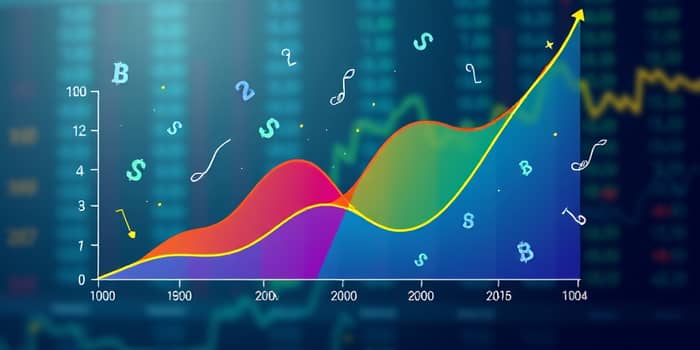
The yield curve remains one of the most influential tools for investors and policymakers. By mapping the relationship between bond yields and maturities, it offers a clear window into market sentiment, future interest rate expectations, and potential economic inflection points.
In this comprehensive guide, we explore the fundamentals, shapes, implications, and practical applications of yield curves in today’s bond markets.
At its core, the yield curve graphs the yields of bonds with identical credit quality across different maturities. By plotting yield on the vertical axis and time to maturity on the horizontal axis, the curve captures how investors price risk and time value.
For the U.S. Treasury market, which serves as the global benchmark, maturities range from short-term three-month bills to long-term 30-year bonds. Treasury securities are considered nearly risk-free, making their curve a reliable indicator for other debt instruments.
Reading a yield curve begins with recognizing its slope and shape. Investors and analysts focus on:
By examining these factors, one can infer whether markets anticipate stronger growth, higher inflation, or recession risk.
There are three primary yield curve shapes, each linked to distinct economic scenarios:
For example, a normal curve might include yields such as:
1 Year: 1.5% | 2 Years: 1.8% | 5 Years: 2.3% | 10 Years: 2.7% | 30 Years: 3.1%
The yield curve is more than a graph; it is a leading indicator of economic cycles. When short-term rates rise above long-term rates, history shows that a recession often follows.
Key areas influenced by the curve include:
Understanding these dynamics helps borrowers, lenders, and investors position themselves effectively.
Constructing an accurate yield curve requires precise interpolation between observed bond yields. In 2021, the U.S. Treasury moved from a quasi-cubic Hermite spline to a more monotone convex algorithm to ensure smoother, distortion-free curves.
Advanced models, such as Nelson-Siegel and Svensson, capture complex patterns like humps and curvatures, offering a richer view of term structure dynamics. These frameworks allow analysts to decompose the curve into level, slope, and curvature components.
Several forces shape the yield curve’s contours:
Shifts in any of these variables can steepen, flatten, or invert the curve, reflecting evolving market views.
History underscores the curve’s predictive power. Notable inversions in 2006–2007 and again in 2019 foreshadowed the U.S. entering recessionary phases.
Conversely, steep curves in the early 1980s and late 1990s accompanied periods of robust expansion. Examining past episodes provides valuable context for interpreting current curve movements.
For practitioners, timely access to yield data is essential. Key resources include:
Regular monitoring allows investors to detect early signs of rate shifts and adjust portfolios proactively.
Investors can leverage curve trends to optimize bond allocations:
Portfolio managers also incorporate yield curve analysis into risk frameworks, adjusting exposure based on anticipated economic shifts.
The yield curve remains a powerful compass for economic insight and market strategy. By understanding its shapes, drivers, and historical patterns, investors and policymakers can navigate bond markets with greater confidence.
Whether you’re a seasoned analyst or a new bond investor, mastering yield curve analysis will enhance your ability to interpret the broader economic landscape and make informed decisions.
References













